

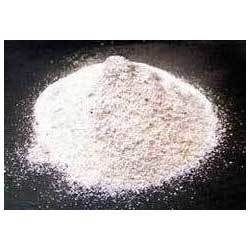
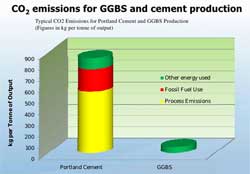 GGBS replaces a substantial proportion of normal cement OPC in RMC. The mixing varies from 30% to 70% approximately (generally 50%). The higher the proportion, the better is durability for concrete. GGBS is also used in other forms of concrete including site batched and precast.
GGBS replaces a substantial proportion of normal cement OPC in RMC. The mixing varies from 30% to 70% approximately (generally 50%). The higher the proportion, the better is durability for concrete. GGBS is also used in other forms of concrete including site batched and precast.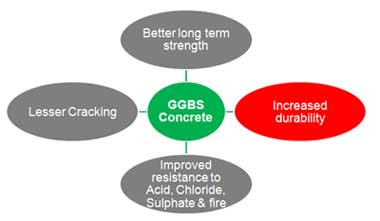 Superior Appearance
Superior Appearance
GGBS is a fine powder, used in concrete as "cement", major use in ready mixed concrete (RMC) or in the production of Portland slag cement. GGBS replaces a substantial proportion of normal cement (Ordinary Portland Cement) in RMC. The mixing varies from 30% to 70% approximately (generally 50%). The higher the proportion, the better is durability for concrete. GGBS is also in other forms of concrete including site-batched and pre-cast.
Replacement of Portland Cement by adding up to 70% GGBS, reduce cement content in concrete from about 530 Kg/m3 to 160 Kg/m3 and despite of this large reduction of cement in concrete, ultimate strength is not affected, also considerable improvement in durability properties is observed.
GGBS is used as green construction material.
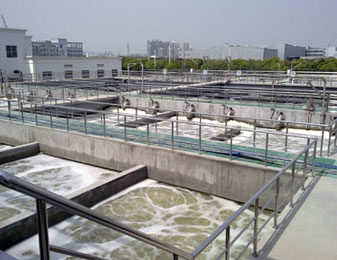
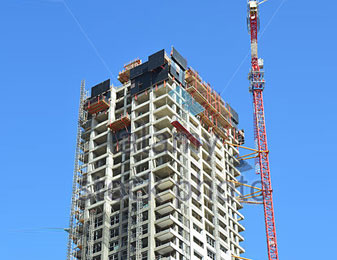
Physical properties as per BS 6699:1992
| Characteristics | Specification | Typical |
| Moisture (%) | 10 max | 0.38 |
| Fineness | ||
| Specific Surface area (m2/kg) | 275 min | 395 |
| Retention on 45 micron (%) | No limit | 2.90 |
| Setting time | ||
| Initial minutes | 60 min | 195 |
| Final minute | No limit | 290 |
| Soundness | ||
| Le-Chatelier Expansion (mm) | 10 max | 1.0 |
| Compressive strength | ||
| (Mortar) with Portland cement (PC) | ||
| 2 days-N/mm27 days-N/mm2 | 10.0 min | 28.3 |
| 7 days-N/mm2 | No limit | 38.2 |
| 28 days-N/mm2 | 42.5-62.5 | 47.40 |
| (Mortar) with 70% GGBS +30% PC | ||
| 2 days-N/mm2 | No limit | 10.40 |
| 7 days-N/mm2 | 12.0 min | 24.10 |
| 28 days-N/mm2* | 32.5 min | 42.10 |
| Glass content (%) | 67 min | 94.00 |
| Composition (%) | Specification | Typical value |
| Loss on Ignition (LOI) | 3.0 max | 0.65 |
| Insoluble Residue (IR) | 1.5 max | 0.42 |
| Silica as SiO2 | No limit | 34.52 |
| Alumina (Al2O3) | No limit | 13.95 |
| Iron oxide (Fe2O3) | No limit | 0.90 |
| Calcium oxide (CaO) | No limit | 41.75 |
| Magnesium oxide (MgO) | 14.0 max | 6.03 |
| Sulphur trioxide (SO3) | 2.5 max | 0.26 |
| Sulphide Sulphur | 2.0 max | 0.70 |
| Sodium oxide (Na2O) | No limit | 0.30 |
| Potassium oxide (K2O) | No limit | 0.34 |
| Chloride (Cl) | 0.10 max | 0.01 |
| Manganese oxide (Mn2O3) | 2.0 max | 0.45 |
| Chemical ratio | ||
| CaO+MgO+SiO2 | 66.67 min | 82.30 |
| (CaO+MgO)/SiO2 | 1.0 min | 1.38 |
| CaO/SiO2 | 1.4 max | 1.21 |